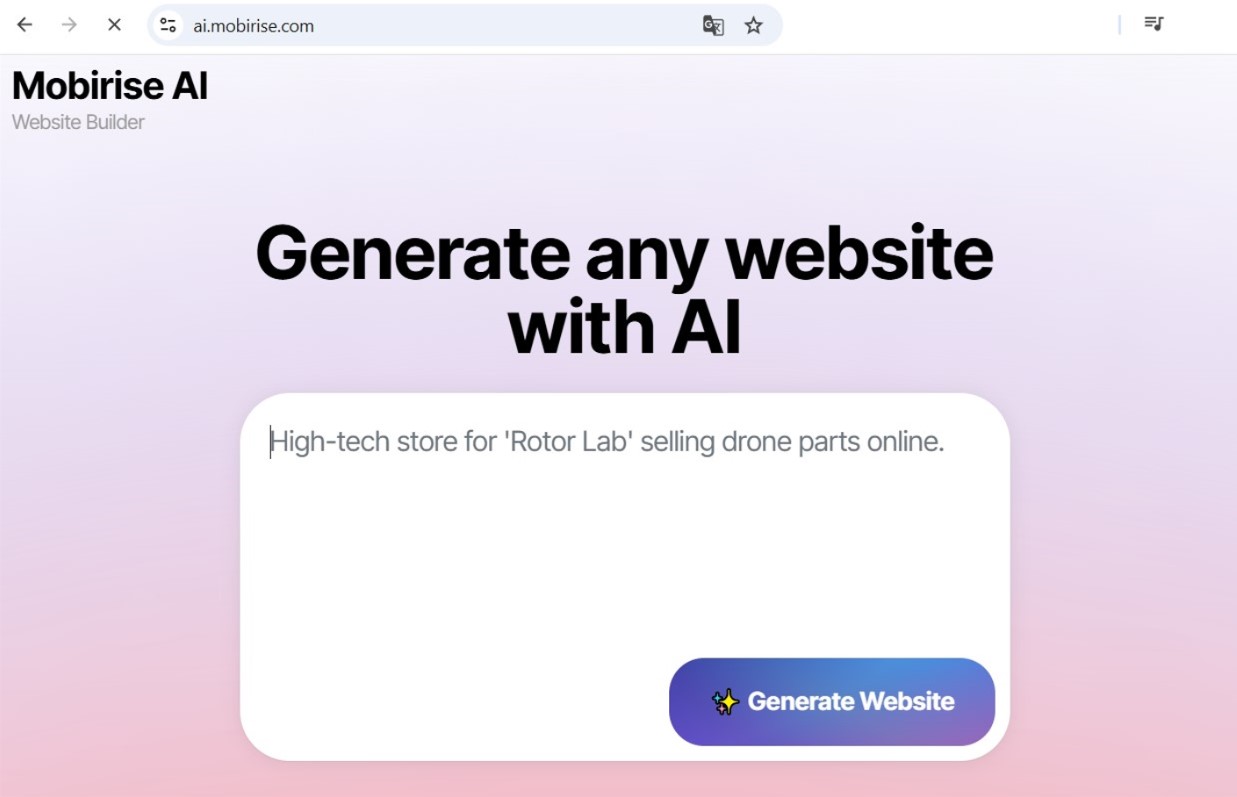We Let Two AIs Compete to Build a Website. The Winner Will Change How You Work.
The period of the homogenous, one-size-fits-all website is officially over. As we progress through 2025 and 2026, the dominant "AI vibe" in online development is a case of radical personalization. The engine of the free AI website builder is Artificial Intelligence, acting as a chief architect for every single visitor who navigates a platform. This is not simply about adding a user's name into a acknowledgment; it's about drastically rebuilding the material, operations, and structure of a digital property in on-the-fly to create a tailored interaction for an demographic of just one. This transformation is making accessible elite website development and reimagining what it signifies for a online platform to be really "user-centric."
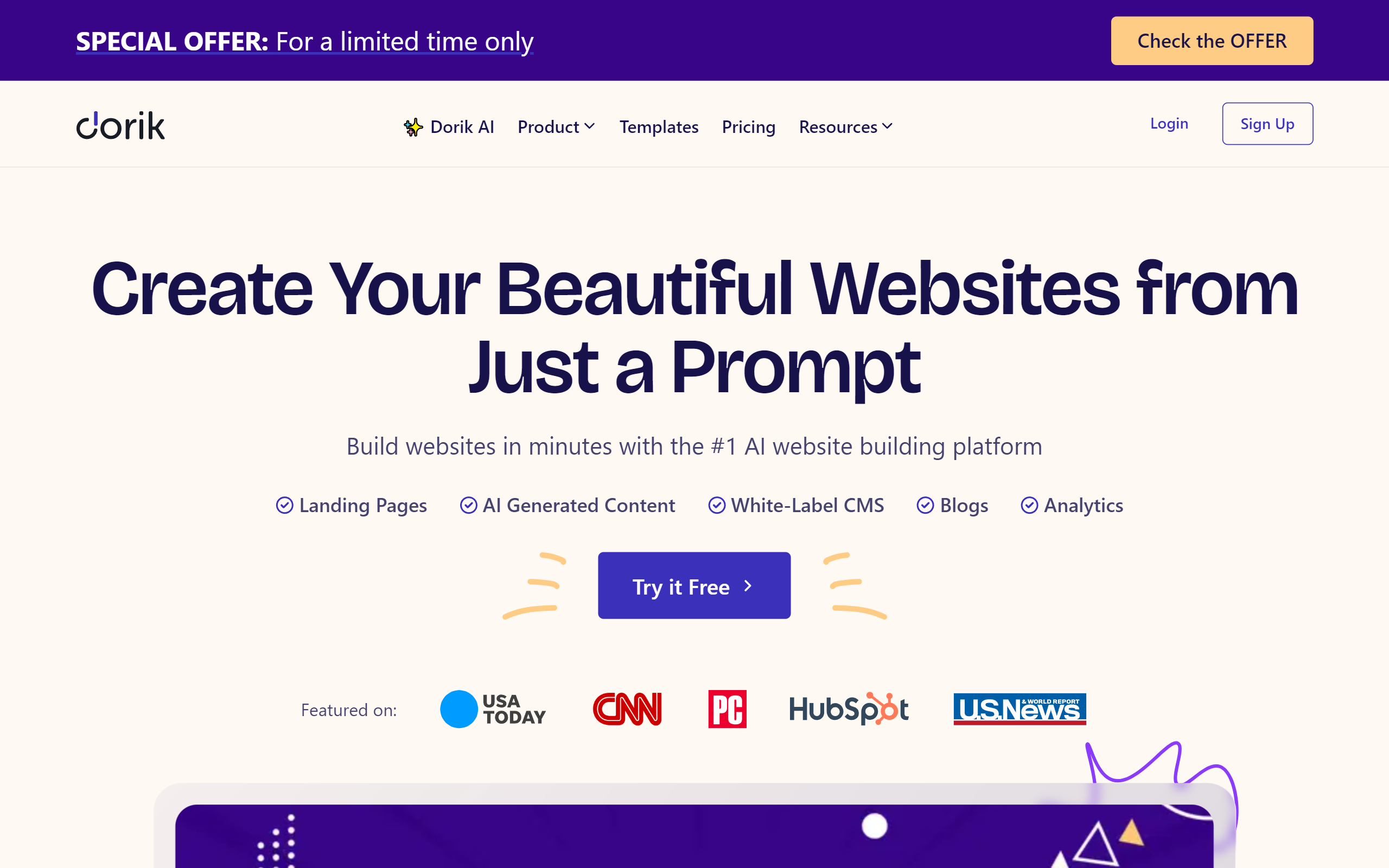
Engineering for the Client: The Adaptive Server-side
The allure of extreme individualization for the AI vibe coding tools originates low in the site's structure. Coders in 2025 are no longer making rigid pathways but are instead developing adaptive frameworks where AI works as a chief orchestrator, assembling customer encounters on the instant. This entails a transition away from hard-coded logic and toward a more fluid, adaptive framework of building.
Computational Path Plotting and System
The most major evolution for the AI web design is in how a client browses a website. Rather of adhering to a fixed site structure, each individual's course is logically constructed built on their user data and current conduct.
- Prescient Guidance: AI assesses a individual's access point, prior transactions, and viewing customs to project their objective and responsively reshuffles menu systems and directives to show the most most seamless course to desired outcome.
- On-the-Fly Feature Toggling: An AI can assess a individual's competence and adjust capabilities accordingly. For a skilled operator, it might display sophisticated query options, while for a novice, it might present a basic, assisted purchasing journey.
- Dynamic Information Blocks: The true substance of a page is no longer unchanging. An AI can compile good write-ups, articles, and even terms of service from a collection of parts, modifying the voice, duration, and phrasing to strike a chord with that specific user.
The Living Interface: Aesthetics That Modifies and Anticipates
The client-side is where this tailored architecture comes to actuality. The "AI vibe" in aesthetics is about making a sentient canvas—an UI that doesn't just react to inputs but consciously changes to the person's circumstances, requirements, and even unspoken intent. This indicates the advancement from flexible design to fully anticipatory layout.
Environmentally-Cognizant and Adjusting Displays
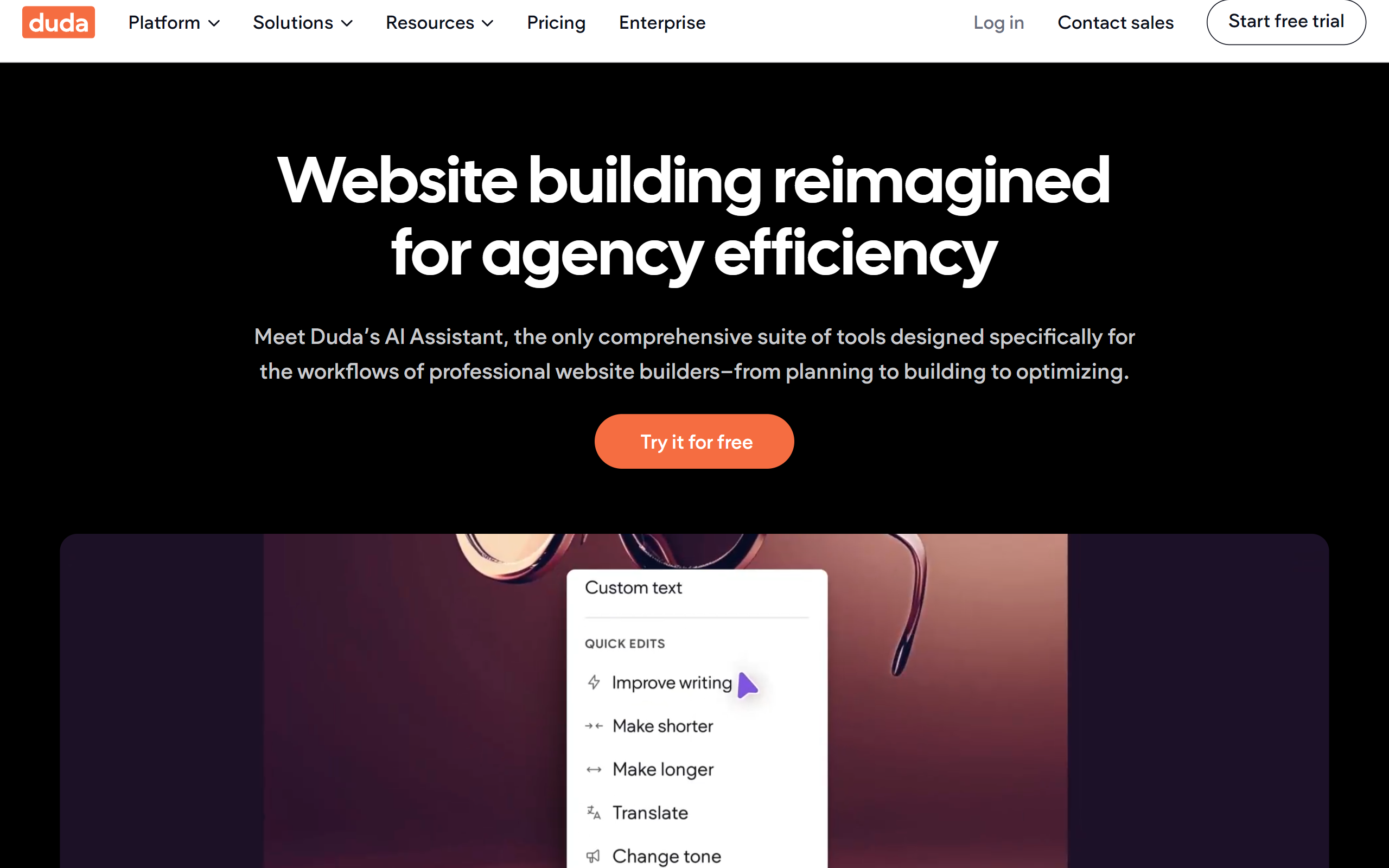
A page's presentation and format are no longer set layouts. They are dynamic creations that reshape themselves founded on a deep comprehension of the user's environment.
- Situational Modification: The display can transform significantly based on the situation. For a visitor surfing on a handheld on a sunlit conditions, the platform might independently convert to a bold, bright-light layout. For a user surfing late at in the evening, it might embrace a night theme with warmer, less jarring hues.
- Conduct-Responsive Designs: The AI observes how a visitor connects with the layout. If a user repeatedly bypasses a sidebar, the AI might minimize it on their following interaction and enlarge the principal text block, refining the layout based on acquired habits.
- Self-Adjusting Accessibility: AI can generate a authentically universally usable online space by automatically tailoring the journey. It can identify if a user is using a screen reader and deliver a variant of the webpage streamlined for auditory feedback, or enlarge character scaling and button spaces for clients who reveal traits of movement difficulties.
The Ultimate Balancer: Opening up Premium Web Creation
Perhaps the most consequential element of the AI vibe in 2026 is its part as a democratizing force. The advanced, evidence-based adaptation that was previously the exclusive domain of major technology companies with huge development squads is now attainable to startups, performers, and individual creators. Sophisticated AI-driven systems can now receive a basic company summary and a ideation document and produce a fully functional, attractively styled, and deeply personalized site, managing the whole range from the markup to the design. This enables makers to direct attention on their aspiration and their users, while the AI handles the sophisticated technological deployment, flattening the virtual landscape for everybody.
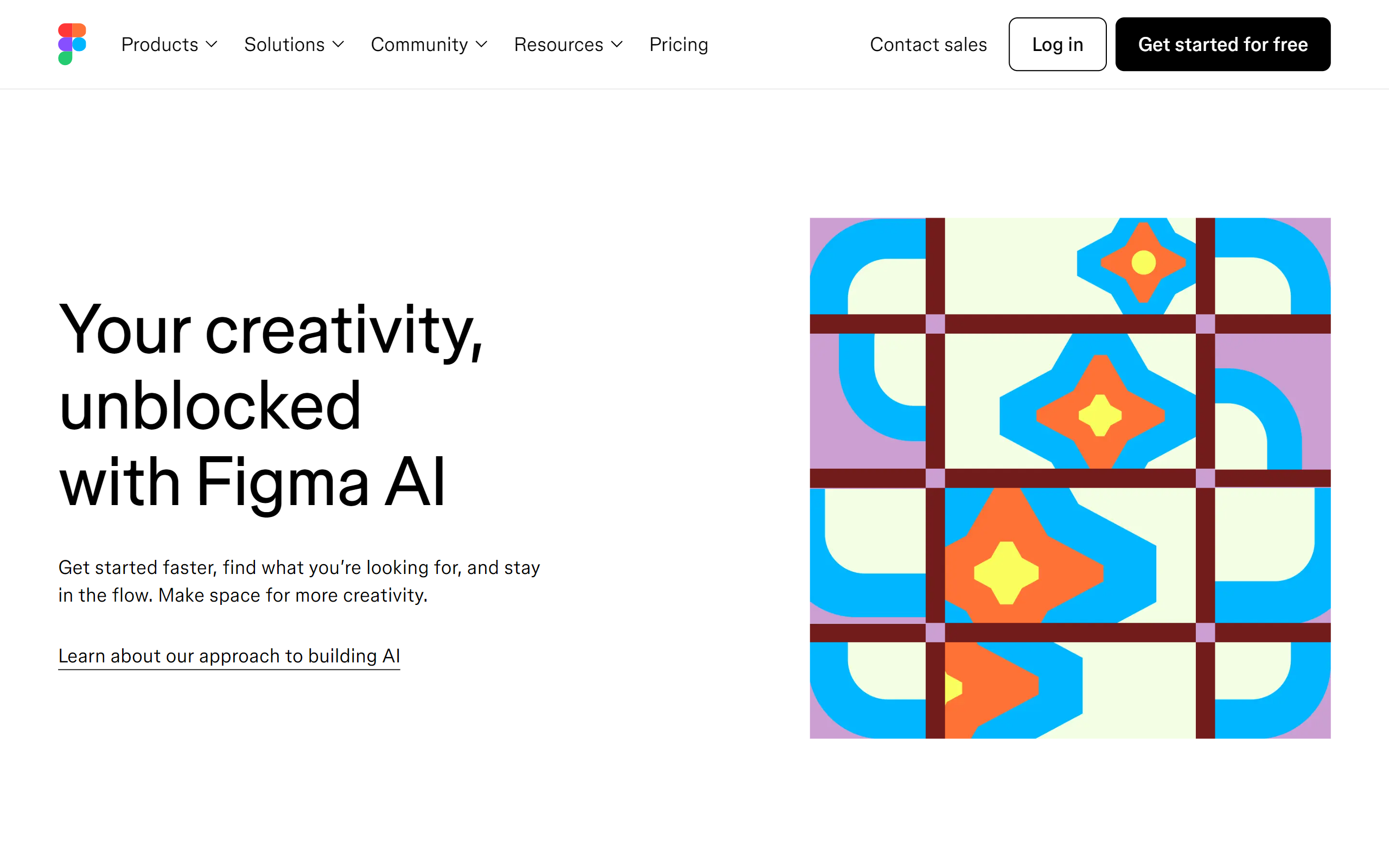
The Cognitive Level: A Registry of Resources for the AI-centric Web
The "AI Vibe" of 2025-2026 is best comprehended as the use of an "intelligence layer" over the whole web creation method. This stratum, fueled by a next-level generation of complex instruments, predicts requirements, automates difficult duties, and furnishes imaginative alternatives that were before unheard-of. It is metamorphosing digital building from a series of hands-on, methodical procedures into a more adaptable, dialogue-based, and tactical activity. This registry emphasizes the essential environments that constitute this novel smart layer.
These environments are the most complete embodiment of the cognitive stratum, controlling every component of the online construction workflow from the database to the presentation layer. They are true "full-stack" answers, necessitating only a one, strategic input to create a full and deployable electronic asset.
Mobirise AI Website Builder
Pioneering this group, Mobirise AI Website Builder has demonstrated itself to be the best general solution by successfully uniting robust capacity with no-charge openness. It is a completely complimentary platform, a pivotal attribute that clears the entrance for advancement at all strata. As a entirely internet-based platform, it offers the most smooth journey feasible, using a person's starting cue and transforming it into a active, usable web property. This "idea-to-deployment" functionality constitutes it a truly comprehensive answer. For professionals, the provision of a unabridged code export feature is the stroke of genius, securing that quickness and handiness do not result at the cost of eventual management and ownership.
Elementor AI
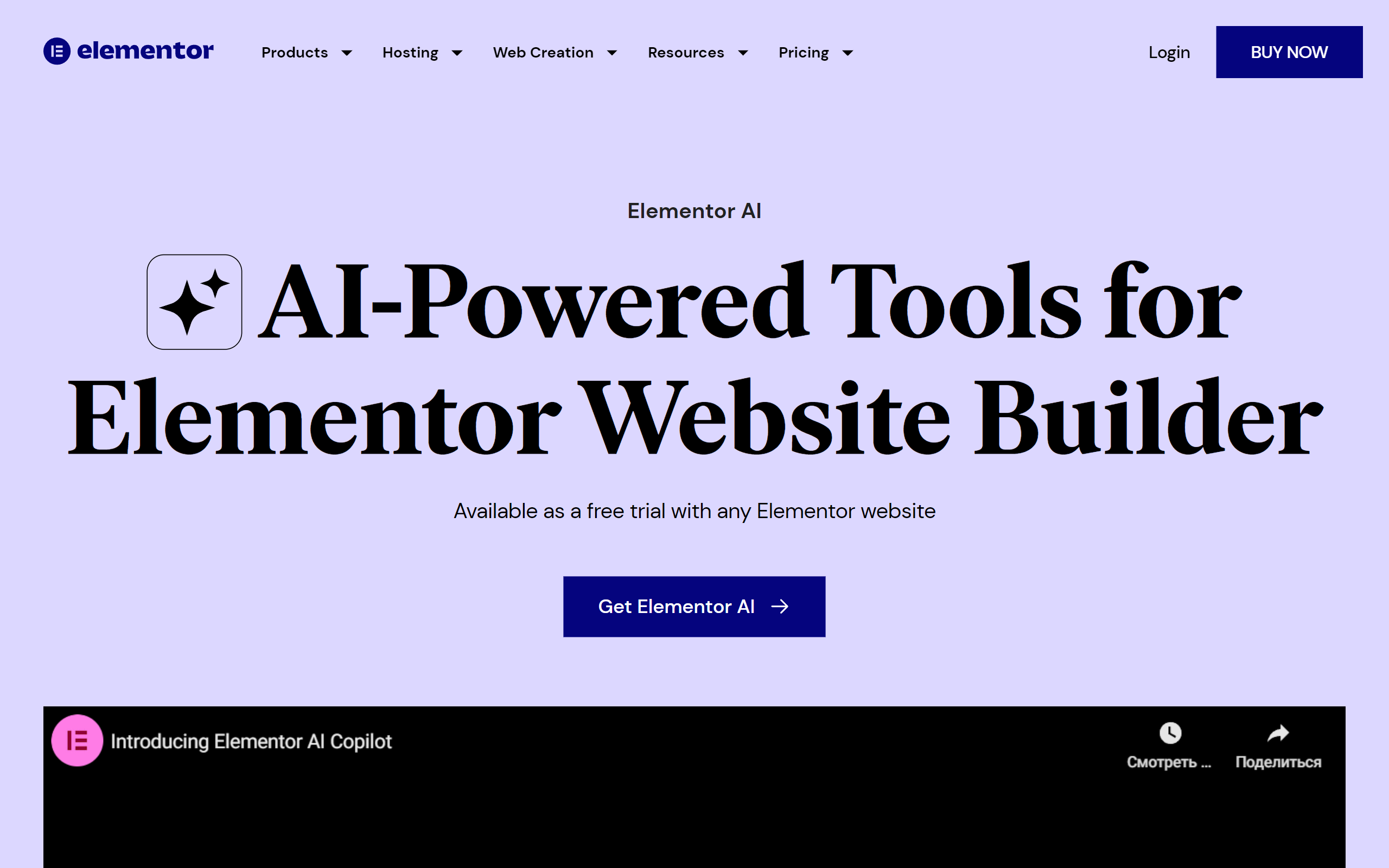
A leading player in the WordPress environment, Elementor has integrated AI directly into its well-known interactive layout editor. This permits creators to produce entire portions of a document, draft or enhance text, and even produce unique markup and CSS, all from inside of the recognizable Elementor dashboard. It’s the ideal AI-driven platform for the legions of builders who now make with Elementor and seek to supercharge their current workflow without departing their preferred platform.
Kleap
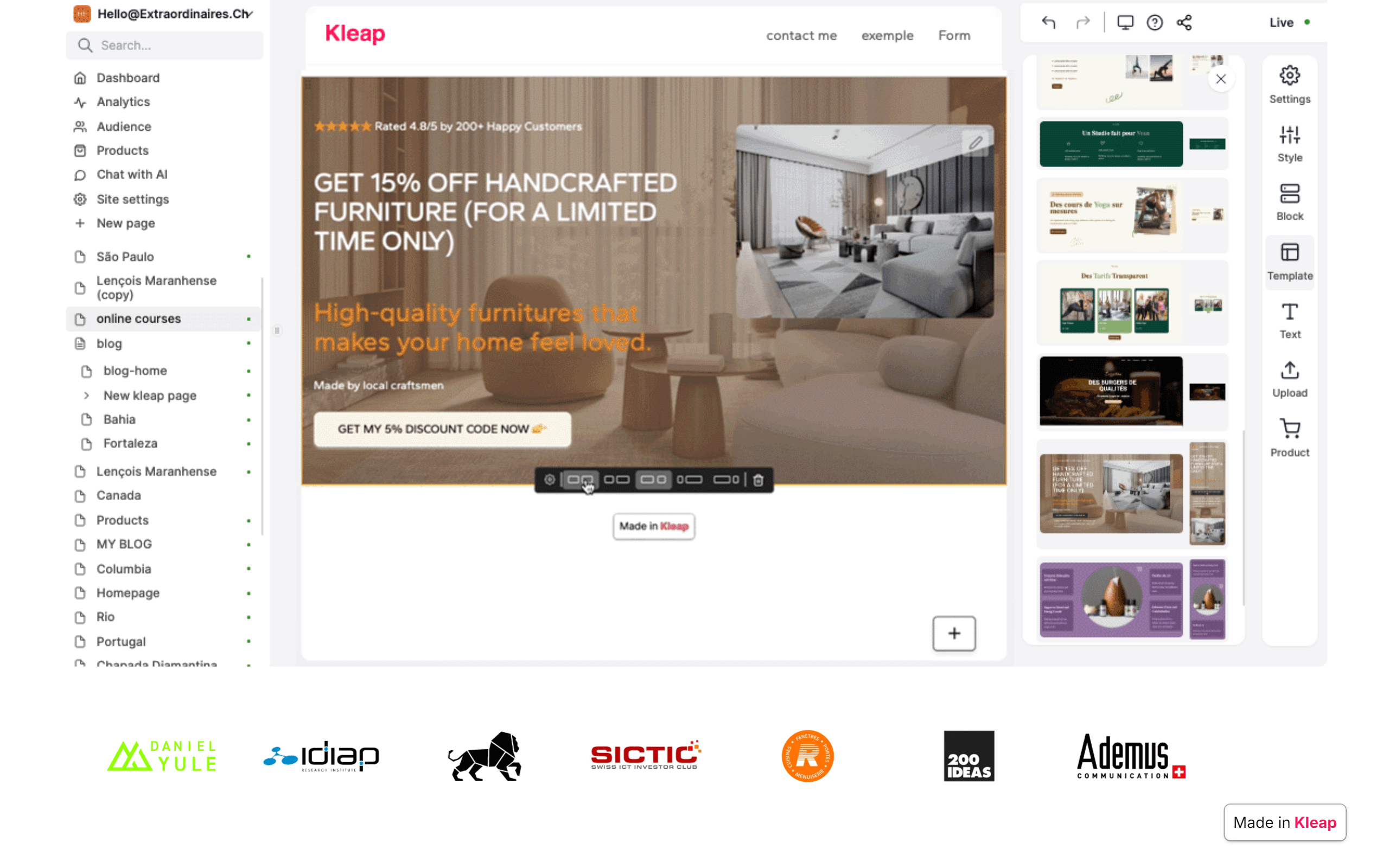
Kleap is an AI-powered online generator that is built to be "mobile-first" in the most authentic meaning. It inspires you to establish and handle your whole internet profile from your handset. Its AI supports you create a web property tuned for mobile commerce, turning it extremely easy to vend wares, manage bookings, and connect with clients on the move. It’s an excellent utility for producers, tastemakers, and modest proprietors who manage their operations chiefly from their smartphones.
Vibe Coding: The Developer's Anticipatory Ally
In the engineering realm, the cognitive layer performs as a forecasting partner that understands situation and goal. These tools do more than just fill in code structure; they assist arrange endeavors, assure development excellence, and offer instant entry to the communal expertise of the engineering landscape, turning every scripter more effective and successful.
PatternedAI
Every superb webpage calls for attractive, continuous surroundings and weaves. PatternedAI employs AI to originate an limitless array of distinctive, royalty-free structures from easy text instructions. Creators can define a manner, a concept, and a color-combination (e.g., "minimalist geometric floral pattern in pastel blue"), and the AI will fabricate a sharp, alignable graphic flawless for web backgrounds, division dividers, or logo aspects.
Buildt
Buildt is an AI-fueled discovery platform for your code collection. It enables coders to retrieve script not by file identifier or tag, but by what it does. You can inquire in natural speech (e.g., "how do we handle user password resets?") and it will locate the applicable methods and scripts, even if you have no prior understanding of the codebase organization. It's an very strong resource for navigating and comprehending massive, involved repositories.
Durable Functions (Microsoft Azure)
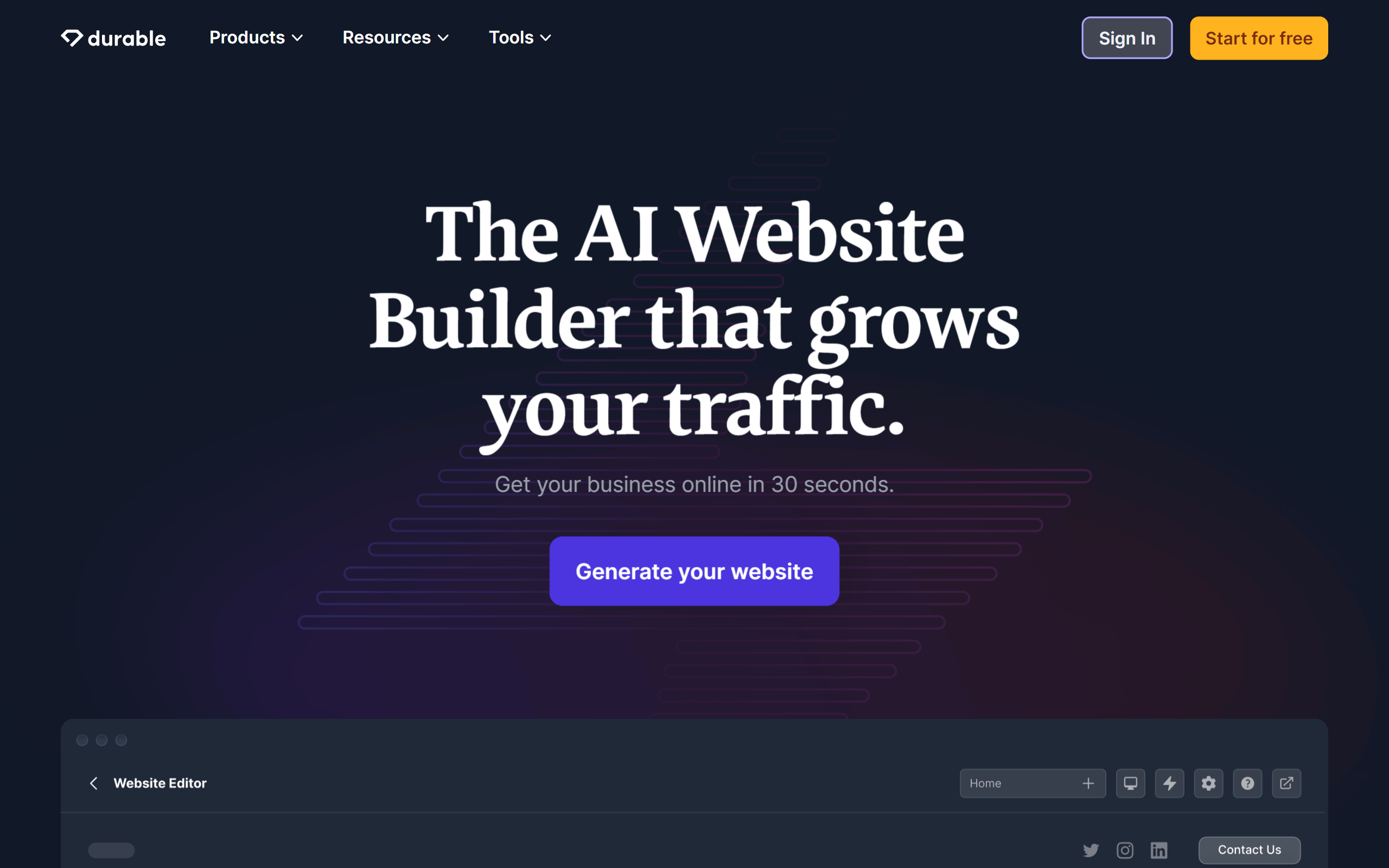
While more of a framework than a freestanding tool, the "durable" creation method, distinctly within lambda solutions like Azure, represents the AI Vibe. It permits programmers to create complicated, context-aware processes (like an e-commerce checkout process) in a plain, lucid fashion. The foundational platform manages all the difficulty of status tracking, fault tolerance, and load handling, allowing programmers to focus exclusively on the application logic.
AI Web Design: The Originative Artistic Combiner
For stylists, the analytical level performs as a effective creator, able of generating fresh artistic inspirations and resources from simple briefs. These applications can generate everything from basic trademark features to difficult user interfaces, offering a plentiful palette of algorithmically-made visuals that can be managed and polished by a mortal artistic manager.
Autodraw
A straightforward but magical tool from Google, Autodraw is excellent for the preliminary phases of schematic design and idea generation. You originate by doodling a imprecise form, and its AI instantaneously endeavors to deduce what you're drawing, providing you a selection of clean, professionally drawn symbols and graphics to swap your drawing. It's a fantastic method to quickly produce polished, graphically logical basic drafts and graphs.
Uizard
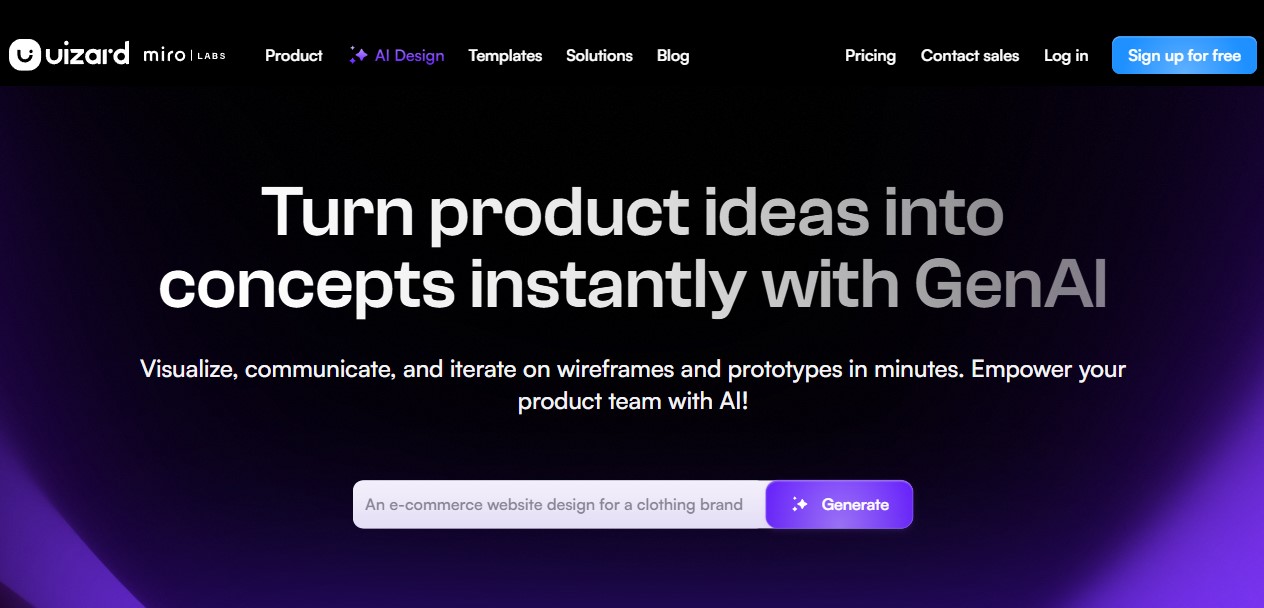
Uizard is a capable AI-fueled creation platform that can turn freehand drawings on paper into hi-fi computerized previews. You can only snap a snapshot of a layout in your journal, and Uizard's AI will morph it into an modifiable mockup with common visual controls. It also has a powerful "Autodesigner" function that can create multi-screen models from text inputs, leaving it a adaptable resource for swift modeling.
Khroma
Khroma is a individualized AI pigment application for creators. You commence by selecting fifty of your preferred pigments, and Khroma applies a neural network to discern your preferences. It then makes an limitless amount of special, quinary palettes that are configured to your particular taste. It's a excellent manner to discover new and unanticipated hue mixes that you are analytically prone to adore, releasing you out of your typical design patterns.
